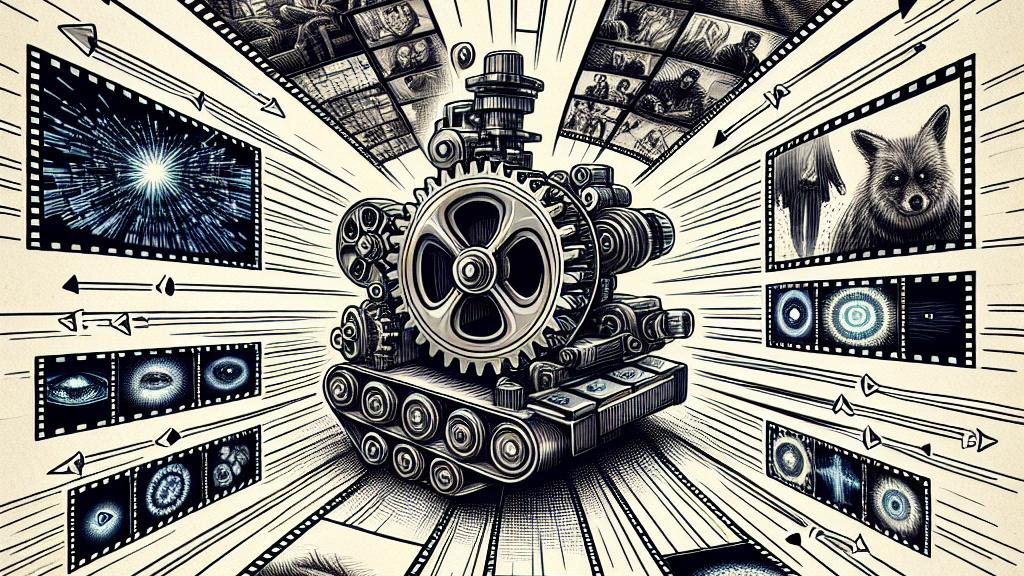Understanding Video Thinking Step by Step
Overview
- Revolutionary models are reshaping the way we understand video content.
- Analyzing videos in bite-sized pieces facilitates clearer insights.
- Although Video Large Multi-modal Models (Video-LMMs) show potential, ongoing enhancements are essential.

Trailblazing Models Transforming Video Analysis
Imagine a future where machines not only watch movies, but also possess the ability to analyze and interpret every tiny detail! This is becoming a reality thanks to groundbreaking models like 'MotionEpic'. Utilizing a powerful Multimodal Large Language Model (MLLM), it meticulously examines videos at the pixel level, unearthing nuanced actions and emotions. For instance, during a heart-pounding action scene, MotionEpic can differentiate between various opposing teams' strategies, revealing insights that deepen our connection to the narrative unfolding on screen. Such advancements are incredibly exciting, as they bring us closer to machines that can truly understand video content just like humans can!
The Impact of Step-by-Step Reasoning
Breaking down complex tasks into smaller, more digestible parts is an age-old technique that proves exceptionally effective in understanding videos. The 'Video-of-Thought' framework applies this method brilliantly by guiding viewers through a structured analysis process. Think of it as putting together a delicious recipe: first, you gather your ingredients, then you mix them step by step to create a culinary masterpiece. For example, when watching an educational nature documentary, the model initially identifies the vibrant colors of the environment. Next, it focuses on animals’ movements, gradually moving towards investigating their behaviors and interactions. This clear progression not only simplifies the information but also enhances our enjoyment of the storytelling experience.
Addressing Challenges in Video Comprehension
While we've made great strides, challenges still present obstacles in fully harnessing the potential of Video-LMMs. These models often struggle in fast-paced scenarios. Imagine attempting to follow the excitement of a thrilling basketball game, where players dart across the court; understanding each player's position and actions can be daunting even for humans! On the bright side, recent developments, such as the Complex Video Reasoning and Robustness Evaluation Suite, offer hope for progress. This innovative benchmark evaluates models rigorously, prompting researchers to enhance their algorithms. Thus, while we revel in our achievements, we recognize that the journey toward achieving a human-like understanding of video content is ongoing, filled with opportunities for growth.

Loading...